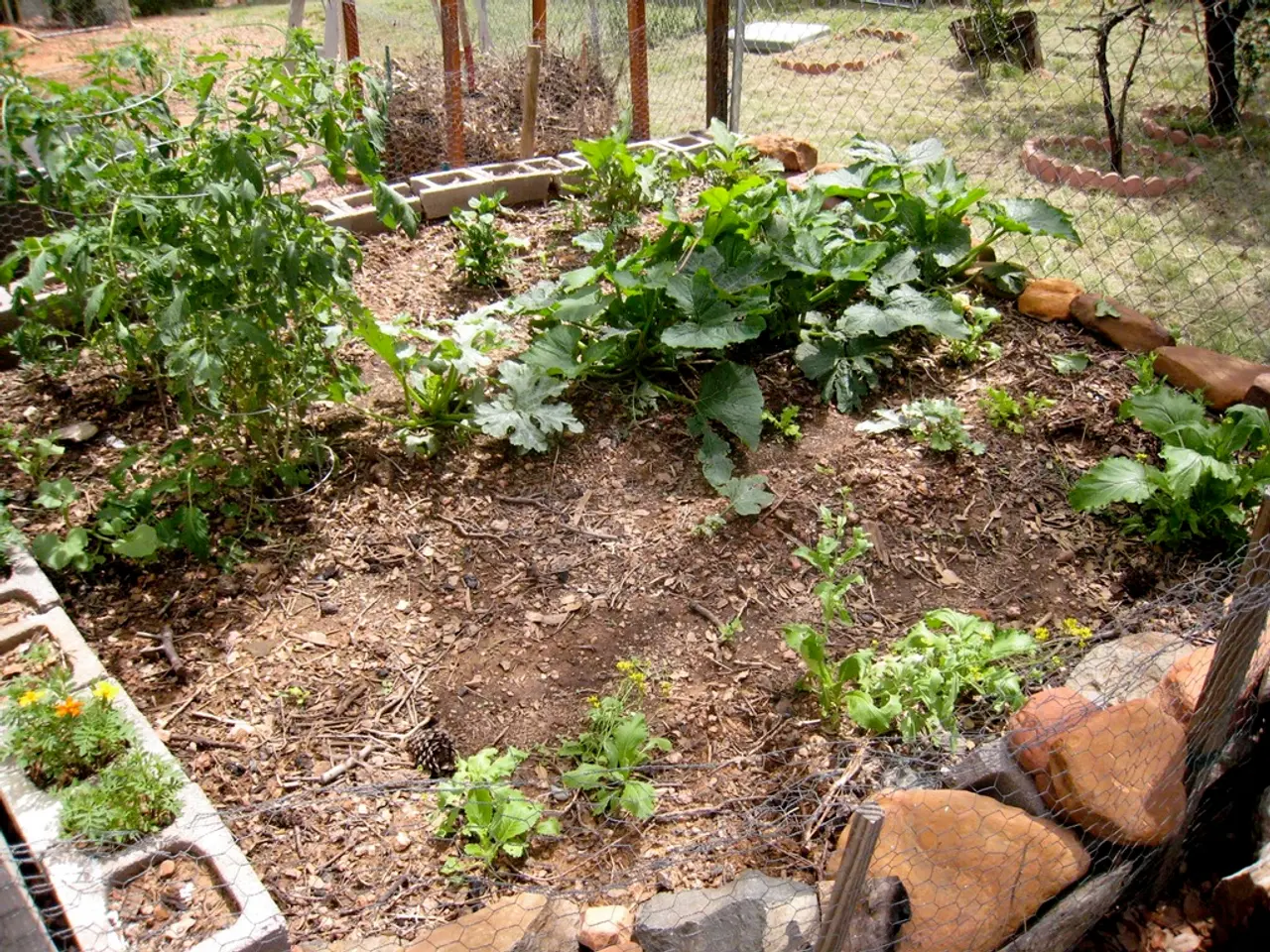Comprehending the Fundamentals of Tropical Plant Soil
In the world of indoor gardening, creating the perfect growing environment for tropical plants is essential. One crucial aspect is using a well-balanced tropical potting soil that mimics the humid, well-drained forest floor conditions of their natural habitat.
Best practices for creating and using tropical potting soil involve designing a mix that balances moisture retention with excellent drainage and aeration. The key elements in this soil are moisture retention, aeration, and nutrient availability.
Moisture retention is vital as tropical plants thrive in humid environments. A lightweight, porous mix, often featuring coco coir, peat or compost, perlite, and bark, helps preserve the root health of these humidity-loving plants by balancing water retention with oxygen availability.
Aeration and drainage are equally important, ensuring roots have access to oxygen and preventing waterlogging and root rot. Ingredients like perlite, orchid bark, or fine bark chips create air pockets and improve drainage, while avoiding garden soil is advised as it can compact and impede drainage.
The soil should support healthy root growth with organic matter but not be overly dense. Vermiculite enhances moisture retention in the mix, ensuring the soil is not too dry or too wet.
Several expert recipes align on these components, with suggested ratios for coco coir, peat moss or compost, perlite, and orchid bark or fine bark chips. For example, one recommended mix for tropical plants is 2 parts coco coir, 1 part compost, and 1 part perlite. Another expert formula includes 20% houseplant potting soil, 25% coco coir, 25% perlite, and 30% orchid bark.
Additional best practices include moistening dry ingredients before potting, using slow-release fertilizers on the soil surface, and watering thoroughly initially. Regularly checking soil moisture levels can help prevent overwatering in tropical plants.
When filling a container with tropical potting soil, leave about a quarter empty for drainage. When it comes to watering tropical plants, less is more to prevent root asphyxiation and rot. Organic matter, like compost or worm castings, can be added to increase soil nutrients.
Repotting annually is recommended to avoid soil compaction and replenish nutrients. Sand and gravel are added to improve drainage and aeration in tropical potting soil, while pumice is used to ensure proper drainage and aeration.
By following these guidelines, you can create an ideal tropical potting soil for indoor plants such as philodendrons, calatheas, ferns, and monsteras, ensuring they thrive in container environments that mimic their natural humid, well-drained forest floor conditions.
Incorporating various materials in a home-and-garden setting, such as coco coir, peat or compost, perlite, and bark, can help create a balanced tropical potting soil for indoor plants, enhancing moisture retention while promoting aeration and drainage - crucial factors for the growth of humidity-loving plants like philodendrons and ferns. Regularly checking lifestyle factors, such as soil moisture levels and watering practices, can prevent overwatering and ensure the continued health and vitality of these indoor plants.




